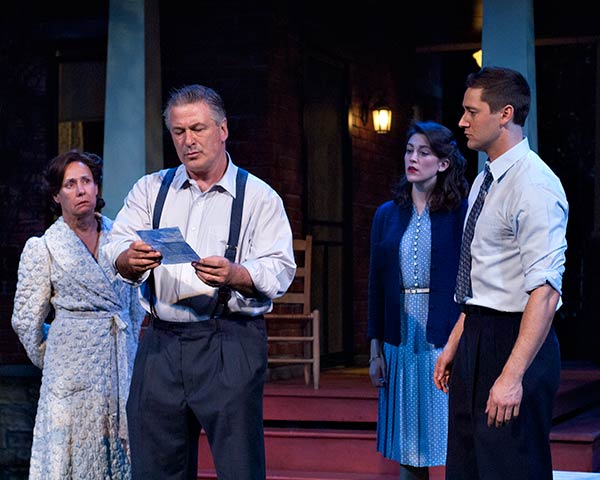Doubts, Ire Over Mosquito Spraying
Doubts, Ire Over Mosquito Spraying

Some residents and officials in East Hampton Town were angered by Wednesday's aerial spraying of methoprene, a mosquito larvicide, over Accabonac Harbor in East Hampton. The Suffolk County Department of Public Works’ division of vector control conducted the application by helicopter Wednesday starting around 6 a.m., after wind conditions forced its postponement from Tuesday. Spraying was also scheduled for areas near Meadow Lane and in North Sea in Southampton Town.
At a meeting of the East Hampton Town Trustees on Tuesday night, Deborah Klughers, who has been a vocal opponent of the county’s vector control methods, told her colleagues of the “outcry on social media” in response to the county’s announcement. Ms. Klughers holds a bachelor’s degree in marine science and sustainability studies and a master’s degree in marine conservation and policy from Stony Brook University. She has been engaged in an effort to determine if insecticide residue reaches and remains in the sediment at the bottom of water bodies. Metabolites in sediment, she believes, can harbor unintended consequences of vector-control efforts. “It’s the gift that keeps on giving,” she said, citing lobster die-offs in recent years. “Where’s all the baitfish this year?” she asked.
Dominick Ninivaggi, superintendent of the county’s vector control division, said Wednesday that there is no indication of methoprene persisting in sediments. “You do find it in the marsh itself where we put it, of course, but not outside,” he said. “We have not seen any scientific evidence of significant adverse impacts that would lead us to have concerns about the product.”
Along with methoprene, the county was also spraying Bacillus thuringiensis israelensis, known as Bti.
Methoprene is moderately toxic to some fish and highly toxic to others, according to the National Pesticide Information Center, a cooperative venture of the United States Environmental Protection Agency and Oregon State University. It can accumulate in fish tissues, according to the center. It is “moderately toxic” to crustaceans such as shrimp, lobsters, and crayfish, the center says, and “very highly toxic” to freshwater invertebrates.
Ms. Klughers told her colleagues that she has contacted several laboratories in search of one that studies pesticides in sediments. “No one that I could find does it,” she said, although a researcher at Cornell Cooperative Extension is aiding in her search. Vector control officials teadfastly believe that aerial spraying of methoprene is safe, she said, but “I’m wondering what the breakdown products could be doing to our clams, larval fish, dragonflies.” Fishermen, she said, are complaining about spraying taking place overhead. Further, if the county’s vector control program is so successful, she asked, “Why do we still have this problem?”
The East Hampton Town Board adopted a resolution in 2007 opposing the use of methoprene and requesting that the county cease its use. Last year, citing the importance of commercial and recreational fishing to the local economy, the board reiterated that opposition, stating that methoprene “has not been adequately tested and found to be safe in aquatic and marine invertebrates, fish, and zooplankton.”
“That said, we really haven’t gotten anywhere,” Ms. Klughers said on Tuesday. “I find it interesting that the county says they spray when they find larval mosquitoes. They find larvae everywhere they spray? I find that a little too convenient. They declared a public health threat. I say it’s a nuisance. . . . Suffolk County says ‘There’s a public health threat,’ so off they go.”
Crews survey areas known to produce mosquitoes and look for evidence of larvae on a weekly basis, Mr. Ninivaggi said. If evidence is found in abundance, the county takes action. “We also look at the weather, temperature conditions, and what stage of development the larvae are at to determine what product to use,” he said.
In recent years, the county has tried to control mosquitoes, which can carry West Nile virus, eastern equine encephalitis, and other viruses, at the larval stage, reducing the need for spraying later in the season when the mosquitoes have matured. While a press release from the vector control division said that “no precautions are recommended” to prepare for Wednesday’s action as the helicopter would fly at a very low level and take precautions to control drift into inhabited areas, its website does recommend that children and pregnant women avoid exposure. Residents of areas being sprayed should “remain inside or avoid the area whenever spraying takes place and for about 30 minutes after spraying,” and close windows and doors and the vents of window air-conditioning units or turn them off before spraying begins.
While Mr. Ninivaggi did say that the East End towns have relatively low incidence of West Nile virus, mosquito-borne disease remains a concern. “Especially,” he said, “we don’t know what the picture would look like if we stopped controlling these mosquitoes and allowed them to become abundant.”






